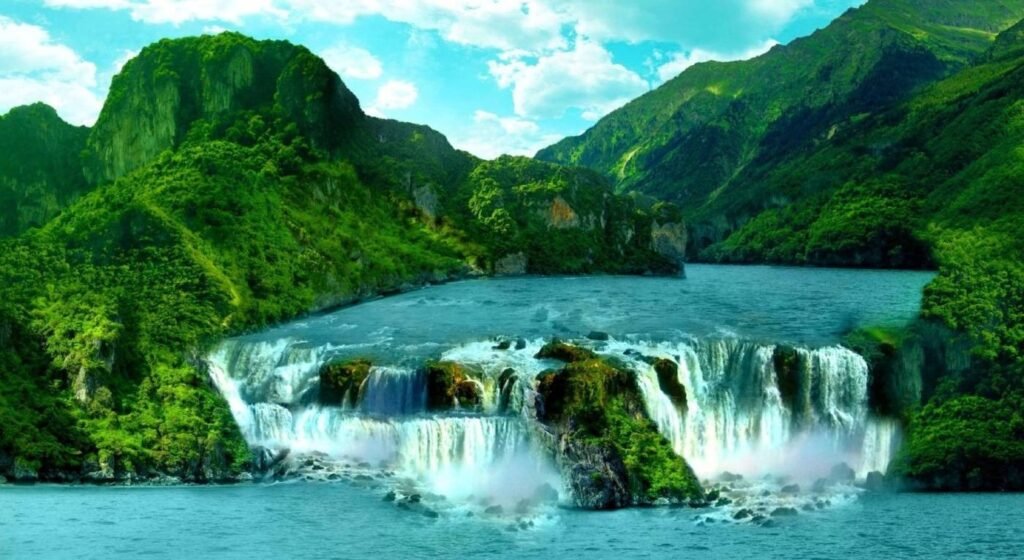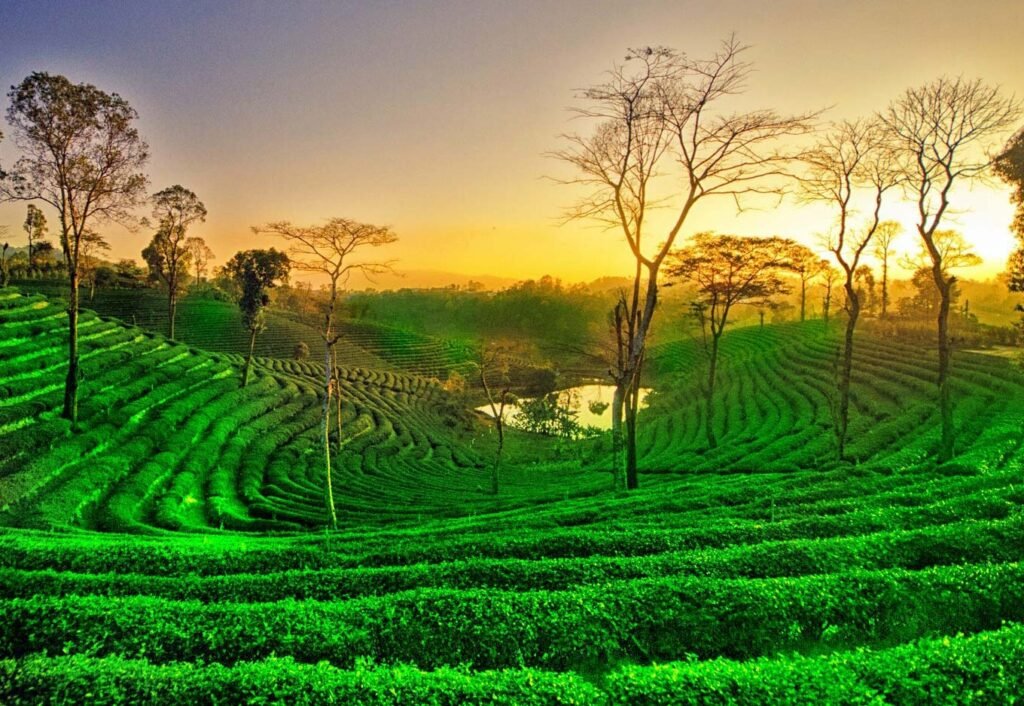Haflong stands out as Assam’s only hill station, famed for its lush landscapes, diverse culture, and tranquil ambience that invite travellers from across India and beyond.
Haflong, situated in the Dima Hasao district, is renowned as “The Switzerland of the East” thanks to its panoramic valleys, misty mountains, and serene lakes. Often called the “Scotland of the Northeast,” it’s the sole hill station in Assam, offering a blend of rich heritage and natural beauty.
Route, Location, and Connectivity
Haflong is well-connected through air, rail, and road:
- By Air: The Closest airport is Guwahati, with taxis and private cars available for hire; alternatively, flights to Shillong are feasible.
- By Rail: The Nearest railway station is just 3 km from Haflong, with scenic train routes via Lumding and Silchar.
- By Road: Buses and local transport systems ply frequently, making Haflong accessible from all major Assam cities.
- Distance from Guwahati: About 250 km, reachable in ~6 hours by train or via Silchar for the fastest route.
Key Details:
Key Notes:
- Costs can vary based on hotel class and choice of transportation.
- The best time to visit is from October to February, when cool, clear weather prevails and festivals are held.
- The monsoon months are characterised by heavy rainfall and reduced outdoor activities; however, the landscapes are lush and green.
- Accommodation ranges widely; advance booking is suggested during peak season.
History
- Historically, Haflong was part of the Dimasa Kingdom before its integration into Assam.
- The term “Haflong” comes from the Dimasa language, where it refers to an ant hill, although its origin is subject to local storytelling.
- The region’s legacy is shaped by tribal migrations, colonial influences, and the flourishing of multiethnic communities, such as the Dimasa, Hmar, and Zeme Naga.
- During the late 20th century, Haflong’s potential as a hill station and eco-tourism spot began to be recognised, evolving through significant local and government initiatives.
Cultural Diversity and Traditions
Haflong is a cultural mosaic comprising over 12 ethnic tribes, including the Dimasa, Hmar, and Zeme Naga, each contributing distinct traditions.
- Major festivals include Bushu (a farming-themed celebration), Bihu, Wangala, and Domashi, all celebrated with music, dance, and colourful rituals.
- Festivals blend tribal and Hindu practices, fostering a unique local identity.
- Arts, crafts, and vibrant attire are integral to life here, with communities known for their warm hospitality.
- It is renowned for its female-majority population, reflecting a unique social dynamic.
Tourist Attractions
Haflong draws nature lovers, history buffs, and adventure seekers alike.
- Haflong Lake: A scenic urban lake ideal for boating, morning strolls, and picnics.
- Jatinga Village: Noted for mysterious bird migration phenomena, especially between August and November.
- Maibong: Historic town with ancient stone carvings and relics from the Kachari rulers.
- Panimoor Falls: Majestic waterfalls set in a natural sanctuary, perfect for outdoor activities and photography.
- Orchid Garden: Distinctive for its multitude of rare and vibrant orchids, delightful for nature lovers.
- Fiangpui Church: One of the most significant religious and architectural sites.
- Ramchandi Temple and Haflong Hill: Sites of local spiritual and scenic interest.
- Adventure Sports: Trekking, paragliding, and camping have emerged, making it a rising adventure destination.
Table: Top Attractions and Distances

Revenue and Economic Outlook
Haflong’s economy is part of the wider Dima Hasao district and is bolstered by tourism, agriculture, and recent infrastructural projects:
- ADB-funded double-lane highway (estimated at Rs 250 crore) is expected to boost connectivity and local revenue through better trade and new investments.
- Core revenues come from tourism, local handicrafts, small businesses, and farming.
- Dima Hasao’s population is over 214,000, with Haflong at the administrative and revenue centre.
- The district’s geographic area is approximately 4,888 square kilometres.
Recent News
- Haflong has faced challenges, including landslides and regional floods, that have affected normal life in recent years.
- A notable peace initiative took place, where 181 former rebels surrendered their arms, hoping to use financial grants to achieve self-reliance, reflecting ongoing stability and local engagement.
- The district continues to attract media attention due to its tourism potential, ethnic diversity, and susceptibility to natural disasters.
- In a positive turn for Assam, Haflong has witnessed a surge in tourism and cultural activities following major peace initiatives. With improved infrastructure, such as the newly established double-lane highway, local businesses are reporting steady economic growth and increased visitor foot traffic. The surrender of arms by former rebels in Dima Hasao district has ushered in a new era of stability, enabling tribes and local entrepreneurs to focus on hospitality and eco-tourism. Tourists are flocking to Haflong’s serene lake, vibrant Orchid Garden, and historical Maibong, while digital nomads have discovered the town’s peaceful lifestyle for extended stays. The district’s revenue outlook appears optimistic as government and private projects drive connectivity and sustainable development.
- It is positioned not just as a hill station, but as a beacon of unity, growth, and natural wonder in Northeast India.
FAQs About Haflong
What is Haflong famous for?
It is celebrated for its scenic beauty, tranquil lake, adventure sports, and mysterious bird phenomena at Jatinga.
How do travellers reach Haflong from Guwahati?
Travellers can reach Haflong by direct train, road, or taxi from Guwahati, with the journey taking about 6 hours.
Which is the best time to visit Haflong?
From October to April, the weather is pleasant, making sightseeing and trekking ideal, especially during the festive seasons.
What are the cultural highlights in Haflong?
It is rich in tribal festivals, colourful attire, traditional music, and inclusive hospitality.
Are there adventure sports in Haflong?
Yes, activities such as trekking, boating, bird-watching, and paragliding are popular among adventure seekers.
What kind of accommodation is available?
It offers budget hotels, guesthouses, eco-friendly lodges, and homestays that provide basic amenities and scenic surroundings.
Is it safe for tourists in Haflong?
Yes, it is considered safe for tourists, though travellers are advised to check seasonal weather updates for landslides or floods.
